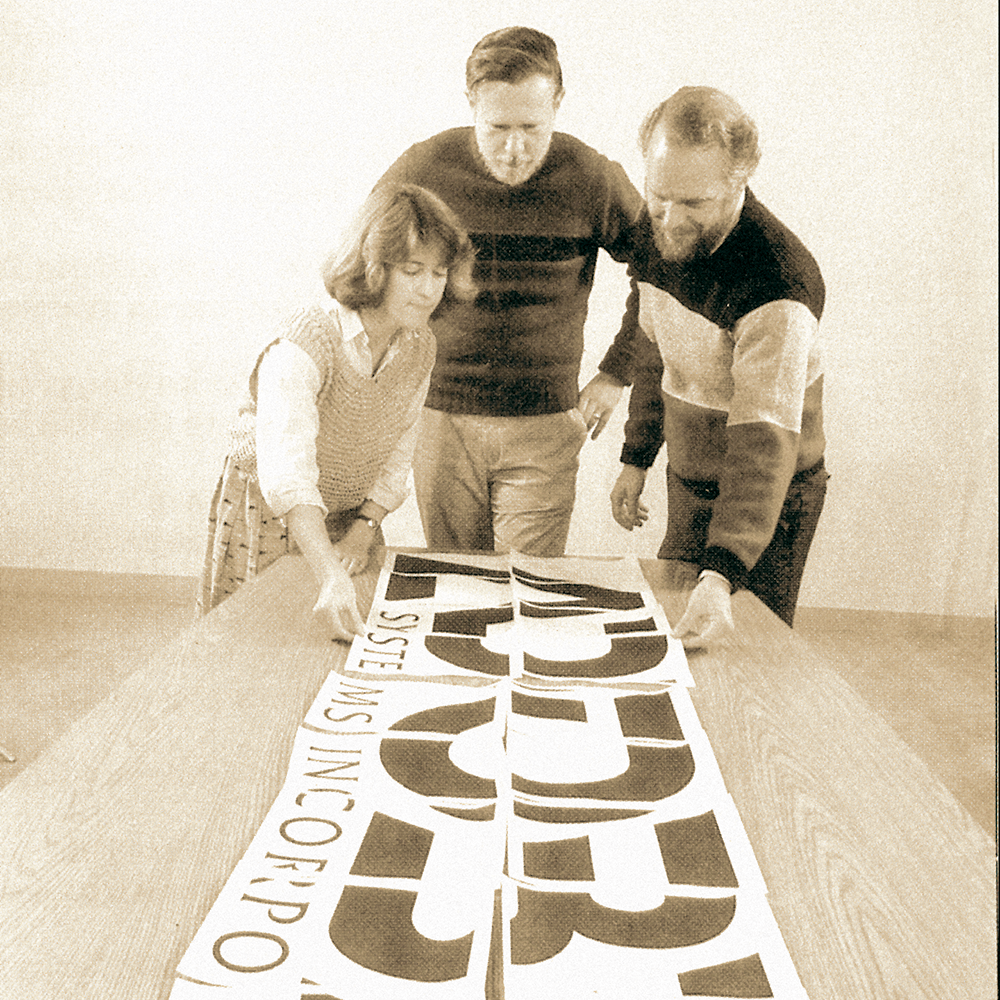
October 28, 2003
The New York Times: Apocalypse Now, Page A1
If you pick up the New York Times every day, you may have been as disoriented as I was on Tuesday, October 21st. The front page looked basically the same, but slightly different, like the replacement husband on “Bewitched.” Your increasingly panicked, darting eyes may have finally discovered, down in the very left-hand corner, a teasing note: “Notice Anything? More than the news is new today on the front page and in the main news sections.” The full (curiously un-bylined) story was found deep inside on on the upper half of page C8. The Times had administered to itself what it called “a gentle typographic facelift.”
Pay attention, this is a little complicated. Or maybe not! The typeface used for the familiar one-column “A” headline, good old spiky Latin Extra Condensed, is replaced by Cheltenham Bold Extra Condensed. The “decks” beneath the “A” head, previously deadpan and all-business News Gothic, are replaced by Cheltenham Bold Condensed and Cheltenham Medium. For those big multi-column MAN WALKS ON MOON headlines, previously expressing barely-controlled hysteria in Century Bold Italic, think Cheltenham Extrabold Italic. Sober and measured Bookman Antique, used for the more analytical stories, is replaced by…well, you get the idea. Only a single headline style from the previous design will be retained under the new regime. You can guess what it is. That’s right, the New York Times is going all Cheltenham, all the time. And just like any proud cosmetic surgeon, the newspaper displays before-and-after examples of the improvements as part of its note to readers.
As one who has often been asked to describe a rationale for a design change to resistant audiences, I found the explanatory note as masterful as the new design itself, which has been years in the making under the stewardship of longtime art director Tom Bodkin. Lest anyone accuse the Times of unbecoming hubris, the redesign is characterized not just as “gentle” but “modest.” Enhancing legibility is invoked as a goal (as well as adding a little dramatic heft to the poor “spindly” “A” head) but the clear aim, above all, is consistency. Clients understand (and love) consistency, and the Cheltenham family drawn by Matthew Carter is well suited to this purpose. And to give consistency the air of manifest destiny, the motley ruling coalition of Latin/News Gothic/Century/Bookman is linked to the creaky old “Victorian-era” past, when newspaper typography was composed “on keyboard-operated machines that cast lines of molten metal.” Jesus, molten metal? That sounds dangerous! The Times manages to make Cheltenham — designed in 1898! — actually sound bracingly progressive. Thus the paper successfully fulfills that most frustrating common of client briefs: to simultaneously signal modernity and heritage.
And, of course, then follow claims that neither goal is satisfied. A few days later, the paper published two letters; whether they were the only ones received or instead plucked from brimming bins labeled “love it” and “hate it” is anyone’s guess. Patrick O’Carroll from Seattle falls hook, line and sinker, congratulating the Times on its “subtly cleaner and sharper look.” Martin Beiser from Montclair is grumpier. “You have made bland the quirky persona that made The Times special and given us the typographic equivalent of New Coke,” he says, going on to add, “It’s the end of the world as we know it.”
I don’t share the apocalyptic views of Mr. Beiser from Montclair, but I too felt the loss keenly. The peculiar combination of Bookman and Century, Latin Condensed and News Gothic, made for a kind of typographic counterpoint, giving the Times’s front page the complexity of a Bach fugue. The logic — unassailable, really — of using a single typeface family takes us back to unison plainsong. But like the Emperor in Amadeus, someone at the Times must have thought there were too many notes.
Observed
View all
Observed
By Michael Bierut



